Alex Lieberman’s guide to personal branding: A step-by-step process for boosting your social presence
Hot take: I don’t think everyone needs a personal brand. Plenty of businesses have expanded their reach with company social accounts as their mouthpieces. However, executives and founders can create personal brands that supercharge growth. How do I know? I’ve done it myself.

Hot take: I don’t think everyone needs a personal brand. Plenty of businesses have expanded their reach with company social accounts as their mouthpieces. However, executives and founders can create personal brands that supercharge growth. How do I know? I’ve done it myself.
I founded newsletter Morning Brew, which gives business updates with personality. Each send has a lighthearted, but informative, tone — a style consistent with social posts from the brand and my account. Later, I launched storyarb to drive demand for high-growth B2B businesses. My personal brand helps position the agency as a leader and piques interest in potential clients.
Of course, building a compelling, consistent personal brand is no walk in the park. That’s why I wrote this article. In this post, I’ll share a step-by-step guide with tips to help you get started. Let’s dive in.
Benefits of Building a Personal Brand
When I think about a company, I’m not picturing a faceless brand. Instead, I think about a person who is related to that company.
For example, when I hear Airbnb, I think about Brian Chesky posting on X. When I hear HubSpot, I think about CMO Kipp Bodnar and his podcast. And when people think about StoryArb, they’re likely thinking about me. That’s personal branding at work.
In a nutshell, a personal brand gives your company a face and a personality that people can interact with. That helps your brand feel more human.
Building a great personal brand isn’t easy. But in my experience, that work has more than paid off. Cultivating a brand on social media has generated so many career opportunities both for me and for my businesses.
At storyarb, 90% of our impactful moments have come through my personal LinkedIn. Even my cofounder, Abby Murray, first connected with me on the platform. Most of our employees were introduced to us through this channel, and my team still sends cold recruiting DMs from my LinkedIn today.
People may think of a personal brand as something that just drives customer acquisition, but it’s incredibly multi-functional. Beyond just directly boosting business opportunities, it also supports hiring, partnerships, career development, and so much more.
A Three-Step Guide to Creating a Personal Brand

So, what does it take to create a personal brand? Here’s a step-by-step guide that you can use as a founder, executive, or B2B professional.
Step 1: Understand your why.
The first step is to understand your reason for creating content. Remember: There is no “right” answer — it’s all about what’s right for you.
For example, I know some people who view content as a creative outlet or a way to share their ideas with the world. Other people use it to build a network: A friend of mine built an entire podcast, not because he cared about how many downloads it got, but just as a way to connect with interesting people and build relationships.
Another common reason is to build credibility. Many professionals build up their personal brands on social media to help them get an advance for a book deal, or to reassure potential customers that they’re qualified.
In my own case, I’ve invested in my personal brand for two reasons: to help me build my businesses and to meet interesting, nerdy people. Ultimately, it’s up to you to figure out why you want to create — and then to make sure that all your downstream choices reflect that core motivation.
Step 2: Identify your “market of one.”
The next step is to figure out exactly who you want to create content for. I call this your market of one. Rather than defining a target market in vague, generic terms, a market of one refers to an actual, specific person who you can pull up on LinkedIn.
In my case, my market of one is HubSpot’s CMO, Kipp Bodner. I ask myself: What do I think Kipp wants? I put myself in his shoes.
Through this exercise, I speculate that Kipp wants content about media and marketing that will help him stay up-to-date and keep a pulse on the future of the industry. But he’s also probably really busy managing a multi-hundred-person team, which can make it hard to keep up. My job is to help him with that.
When I was creating my newsletter business, I was always thinking, “How can I help Kipp level up HubSpot’s newsletters for his customers and prospects?” In each post I wrote and each decision I made, that was the lens I looked through. What can I do to make sure that my product is as valuable to Kipp as possible?
Step 3: Find your content ikigai.

Once you know why you’re creating and who you’re creating for, it’s time to figure out what exactly you want to create. To do that, I’ve found it can be helpful to use the Japanese concept of ikigai.
Ikigai is a simple framework that’s meant to help people determine their reason for being, or the thing that gets them out of bed in the morning. To do so, it asks people to find the overlap between:
- What they love doing.
- What they’re good at.
- And what the world needs.
A similar approach can help you determine what kind of content to create: Simply ask yourself the following questions:
- What do I know a lot about (or what would I like to learn about)?
- What kind of content would be helpful for my market of one?
- What would I have fun creating content about?
The intersection of that Venn diagram is the content you should focus on. For example, here’s how I answered each of those questions when building my own personal brand.
Question 1: What do I know a lot about?
I started by reflecting on what I knew a lot about. After some brainstorming, I came up with the following list: I knew a lot about building newsletter businesses, creating a niche on the internet, how to bootstrap a business, content marketing, Legos, skiing, and mental health.
Question 2: What kind of content would be helpful for my market of one?
Next, I asked myself what kind of content would help my market of one — Kipp Bodner, the CMO of HubSpot — solve a problem.
Again, after some brainstorming, I came up with a list: I guessed that Kipp would be interested in learning about the creator economy, the future of media, how small companies approach marketing, the impact of AI on marketing, and how to create world-class content.
Question 3: What would I have fun creating content about?
Finally, I asked myself what kind of content I would actually enjoy creating. Remember: building a personal brand is a long-term project. If you don’t enjoy what you’re doing, you may burn out long before you can make much of an impact.
After some reflection, I came up with the following list of topics: the media industry, the creator economy, mental health, and content marketing.
Finding My Content Ikigai
Based on the overlap between these three lists, I was able to land on three topics: the creator economy, the future of media, and content marketing. So, that’s what I focused my personal brand content on.
How to Create Content Like a Pro

Once you’ve identified the core topics that you’ll focus on — your content ikigai — it’s time to start creating. There are several strategies and considerations that I’ve found can help take your content creation to the next level.
Ask smart questions.
First, I’ve found that creating great content almost always starts with asking smart questions.
I might ask myself, “What is one thing I believe about content marketing that most people don’t?” By asking this question, I land on my belief that value-driven content without any desire to sell is actually the best sales mechanism long-term.
If you ask the right questions, the answers that come out of your mouth are likely to be really interesting ideas, analyses, and opinions that are directly relevant to your content ikigai.
Leverage AI to create efficiently.
I’ve also become a big proponent of leveraging AI tooling to create content more efficiently.
My process looks like this:
- First, I pick a question and jot down a few bullet points to answer it.
- Next, I record myself talking about it for a few minutes. I use the Notes app on my Mac, which automatically transcribes the recordings.
- Then, I take that transcript and ask Claude to use it to create a short- or long-form post for X or LinkedIn.
Importantly, I tell Claude that I don’t want it to change any of the language. I ask it not to invent any new words, but simply to act as an editor, making sure the post has good flow, formatting, and rhythm without changing the essence of my ideas.
Then, I take just a few minutes to edit the post, and I’m done!
Choose the right platforms.
What you make varies by platform, so you’ll need to decide where to share your content and what kinds of content you’ll create.
To start, ask yourself where your market of one consumes content. So, in my case, I would ask myself where Kipp gets information. I’ve seen him post on LinkedIn. I’ve DMed with him on X, and he hosts a podcast. So, I’d guess that the best ways to reach Kipp would be on LinkedIn, X, and podcasts.
Next, ask yourself what kinds of content you enjoy working with. After all, as noted above, all of this only works if you’re able to stick to it long-term. Personally, I like creating on many platforms, but short-form and long-form text (like this article) are my favorites.
Finally, you should always aim to balance your efforts between platforms that you own (e.g., a newsletter or website) and platforms where you can only rent space, like social media.
Social platforms are built for discoverability and shareability, so they’re a great way to expand the top of your funnel. However, because you don’t own the platform, there is inherent risk involved. That’s why I always recommend investing in an owned audience as well.
Track the right metrics.
As with any new initiative, your content can only be as effective as your ability to measure its success. In particular, when it comes to social media, I think that the number of people who like your posts is less important than what I call in-niche engagement.
For example, if I got five likes on post A and 25 likes on post B, I might assume post B is a better post — but that’s not necessarily the case. If all five likes on post A were from CMOs of B2B companies (e.g., people like my market of one), but only one of post B’s 25 likes fit that profile, then post A delivered the most value.
Being thoughtful about the metrics you track will help ensure that you better understand engagement. Then, you can use that data to determine what’s working and what isn’t … and iterate accordingly.
Content Creation Tips and Tricks

Alright, we’ve gotten through the basics. Now, it’s time for some of my personal favorite tips and tricks. Here’s how you can craft high-quality content to boost your personal brand.
1. Pass the palm test.
Your voice should be unique enough that if one of your readers were to cover your name with their palm and look at your writing, they would still know that it came from you. If you don’t feel like they could do that, then you’re not speaking with enough specificity or enough voice to really stand out in the market.
2. Take your brain off autopilot.
All too often, founders and executives struggle to create content because they don’t think they have anything interesting to say. But of course, that couldn’t be further from the truth. Instead, the real problem is that their brains are on autopilot. They go about their days doing lots of interesting things, but they fail to notice any of it.
To build a compelling personal brand, you have to take your brain off autopilot and start bringing a new level of awareness to everything you do.
Rather than just going with the flow, constantly check in and ask yourself: What am I learning from my experiences? How might these learnings inform content that could benefit my market of one?
3. Stay in the game.
Content follows a power law: Just a few posts are likely to drive outsized returns. You don’t know which of your posts will turn out to be runaway successes, so you have to stay in the game for the long haul. Each time you step up to bat, give it your all. Eventually, you’ll get a home run.
4. Don’t aim for likes.
As noted above, in-niche engagement is far more important than likes. While it can be tempting to view the number of likes as a measure of a post’s success, a more relevant metric is likely to be saves, bookmarks, or likes from particularly relevant readers.
For example, on X, one of the metrics I care about most is the ratio of bookmarks to likes. If a post has a high bookmarks-to-likes ratio, that means people are hoping to revisit it later, which suggests that the post was extremely valuable to my audience.
5. Squeeze the lemon.
When most people have an idea for a piece of content, they turn it into a single post. The problem is, we don’t have great ideas that often. When you do have one, it’s important to squeeze that lemon dry.
When I come up with a great idea, I’ll turn a five-minute recording of my thoughts into 15 different posts. I might even repost a highly successful social media post three months later. After all, no one will remember a post from three months ago. If I’ve gained a lot more followers in the meantime, it will be brand new to them.
6. Embrace VANS.
Great writing is VANS: It’s Voicy, Actionable, Niche, and Specific. When you’re creating content, imagine that you’re a painter with a blank canvas. Your job is to fill that canvas in with content that’s so specific, unique, and memorable that no one ever will forget the painting you created.
7. Don’t reinvent the wheel.
I constantly draw inspiration from formats or ideas that have worked well in other industries or contexts. For example, I’ll take an idea that I saw on X, and I’ll use it in a very similar way, but on LinkedIn. I’ll take a format that someone used in the self-storage space, and I’ll adapt it to marketing with ideas from my world.
When it comes to content, there’s no need to reinvent the wheel — and imitation is the best form of flattery.
8. Create a content Mount Rushmore.
Who are your content idols? At any given time, I have three or four people who I think are some of the best creators on the internet. I read everything they do, and I actually use Google Docs to annotate the specific aspects of their writing that I want to draw inspiration from.
Getting as specific as possible about what you think others do well will help you learn and grow yourself.
Great Personal Branding Constantly Evolves
At the end of the day, the most important thing I’ve learned is that a great personal brand has to evolve constantly. The market of one’s needs and your interests will change over time. That shouldn’t set off alarm bells. It’s an opportunity to grow and shift.
When you build a business, the first few years are an absolute grind. You put in a lot of work up front, and you don’t get much in return. You just have to hope for something to pan out, often years down the road.
Building a personal brand is the same. It takes years of concerted effort and the flexibility to adapt. But if you put in the work, you’ll be on your way to crafting a personal brand that will help you cultivate strong, trusting relationships with your audience.
![]()














.jpg)




















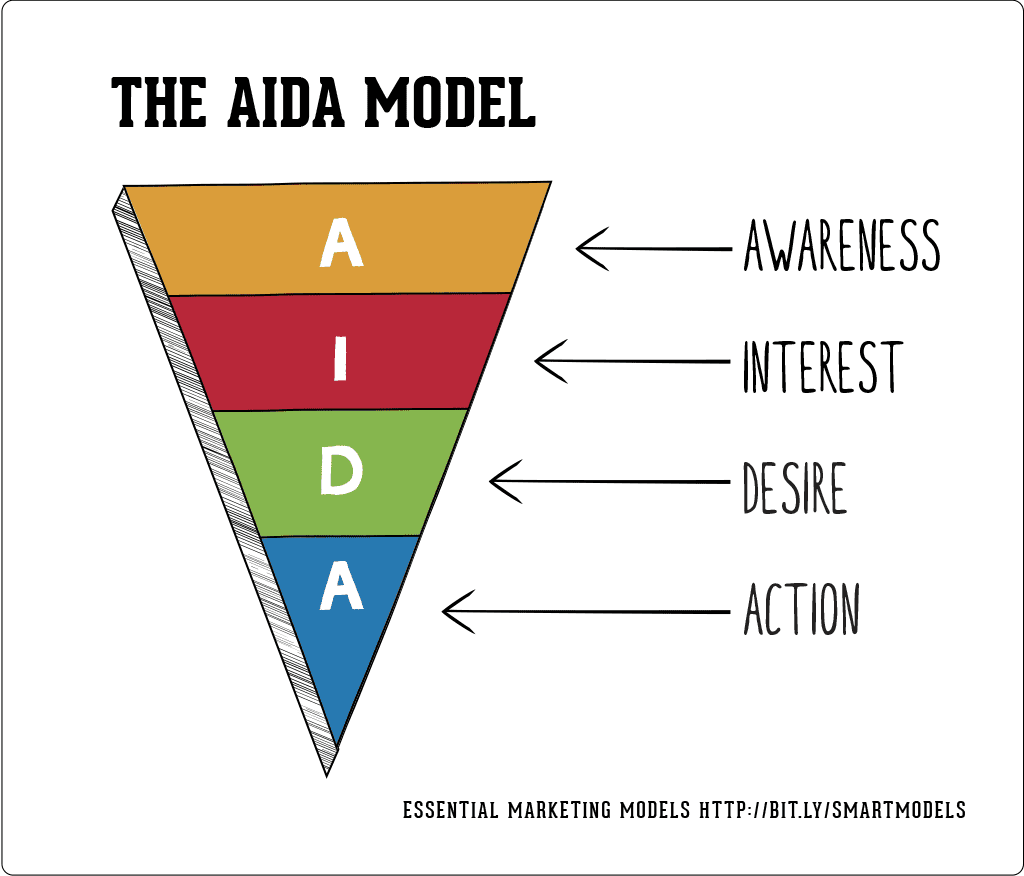

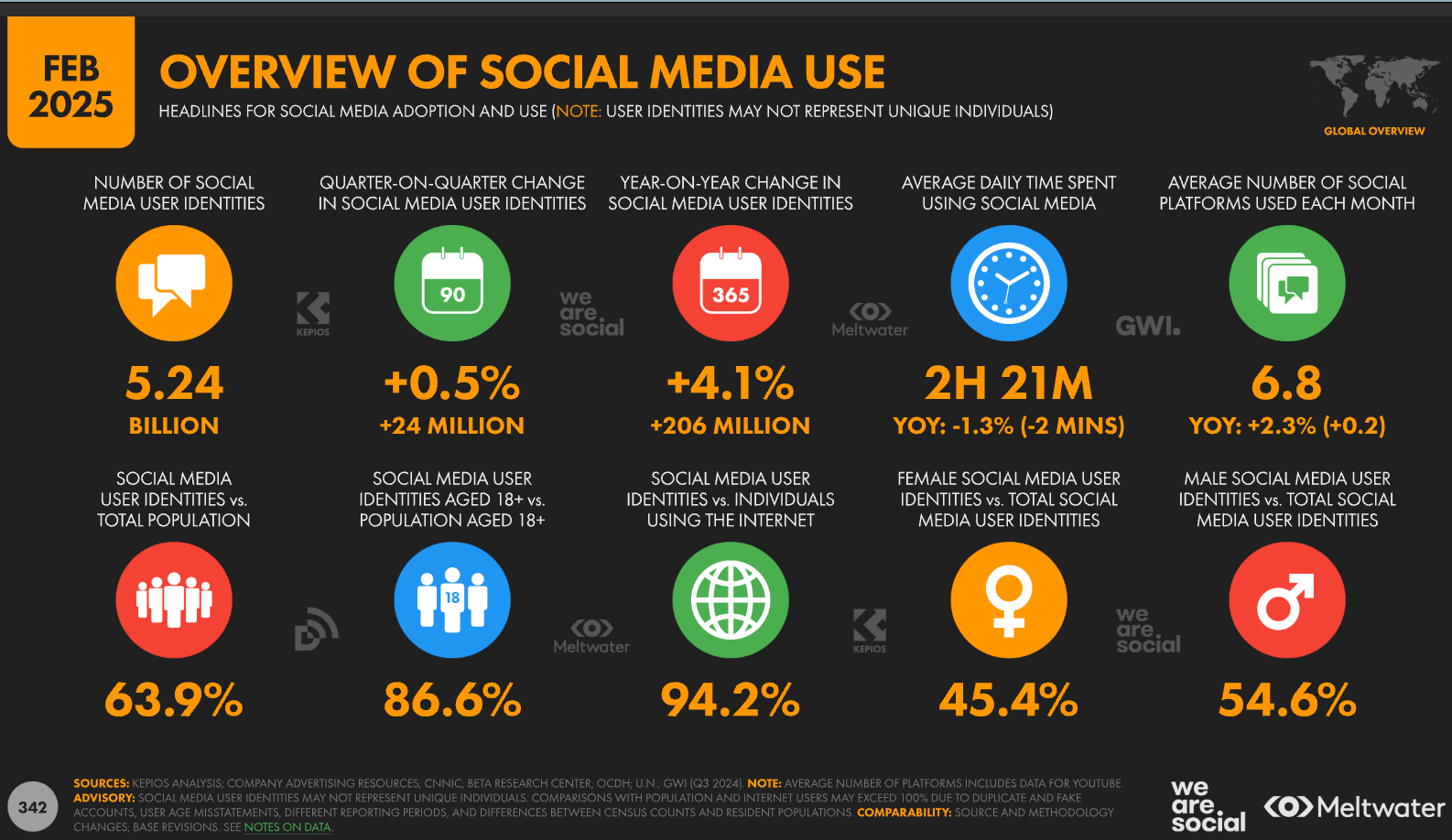
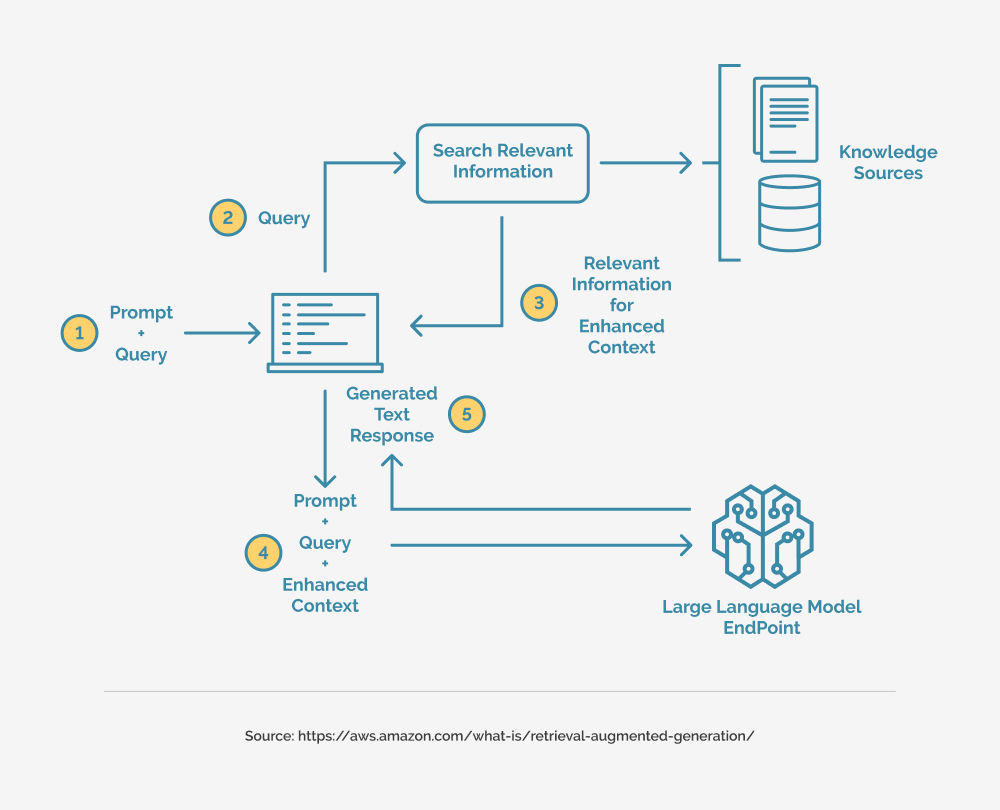












![The 11 Best Landing Page Builder Software Tools [2025]](https://www.growthmarketingpro.com/wp-content/uploads/2024/04/best-landing-page-software-hero-image-1024x618.png?#)






































![What Is Generative Engine Optimization [Tips & Workflows To Do It]](https://moz.com/images/blog/banners/What-Is-Generative-Engine-Optimization-Tips-Workflows-To-Do-It-1.png?auto=compress,format&fit=crop&dm=1745607929&s=6f75f1f02c531af0f80acb12517c8bab#)








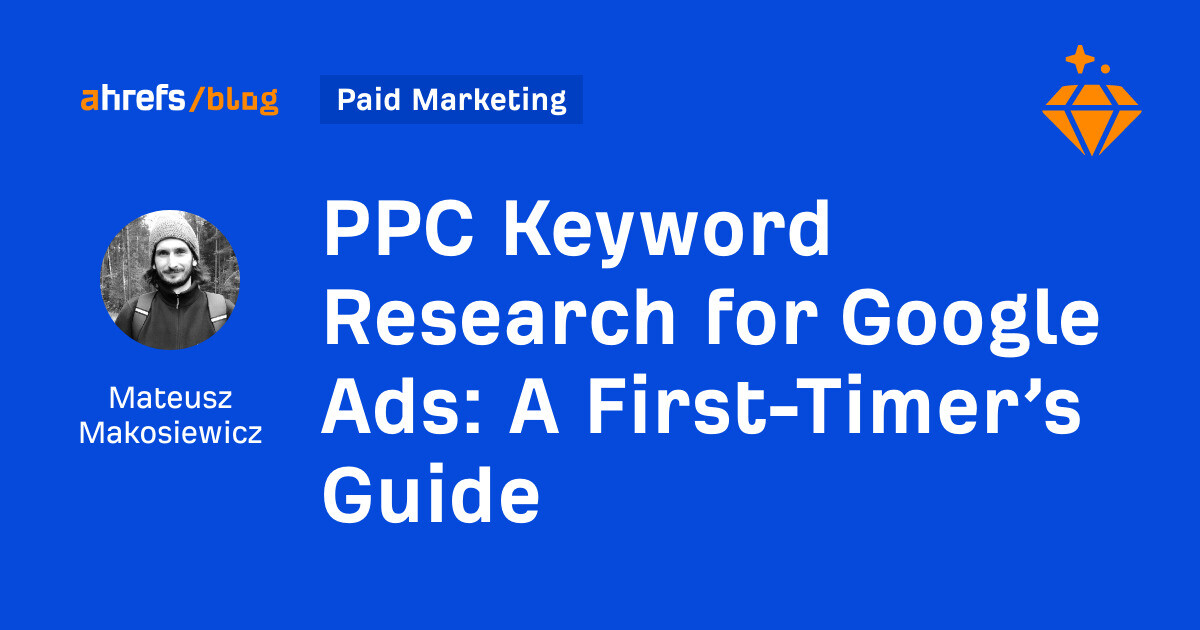



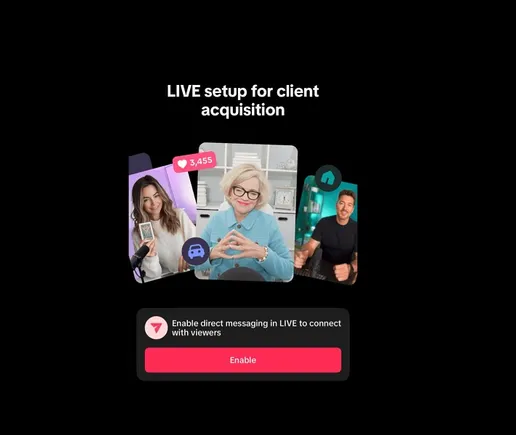

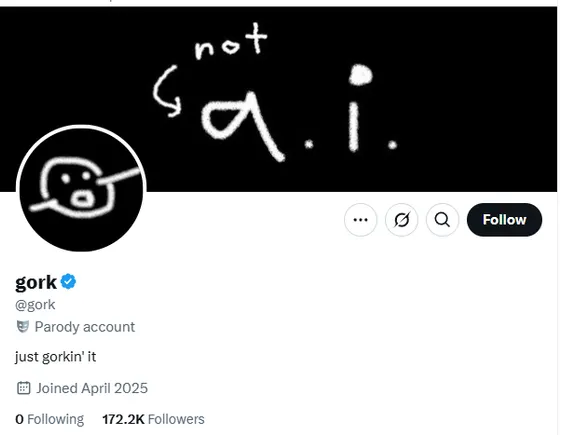
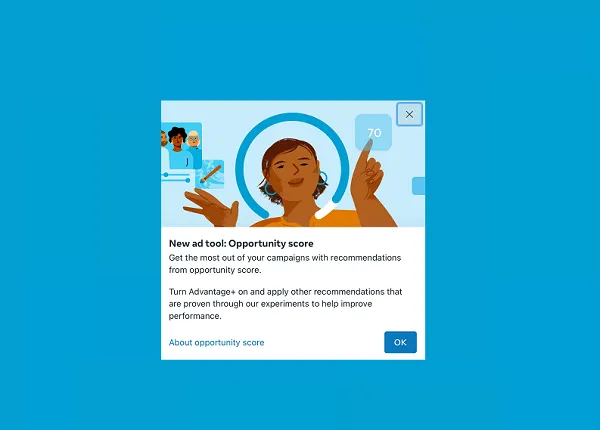
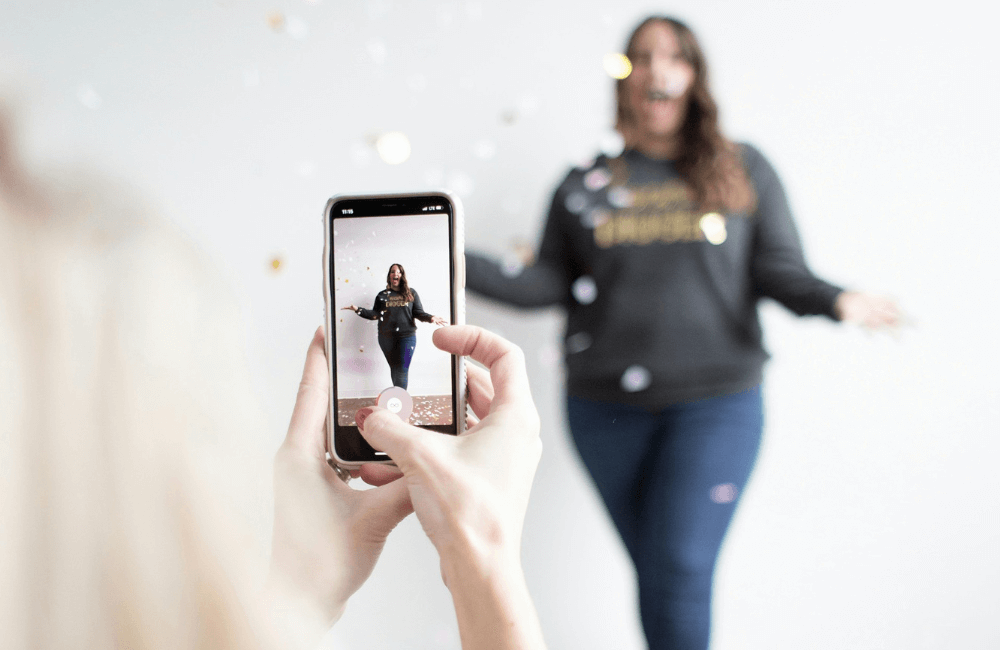

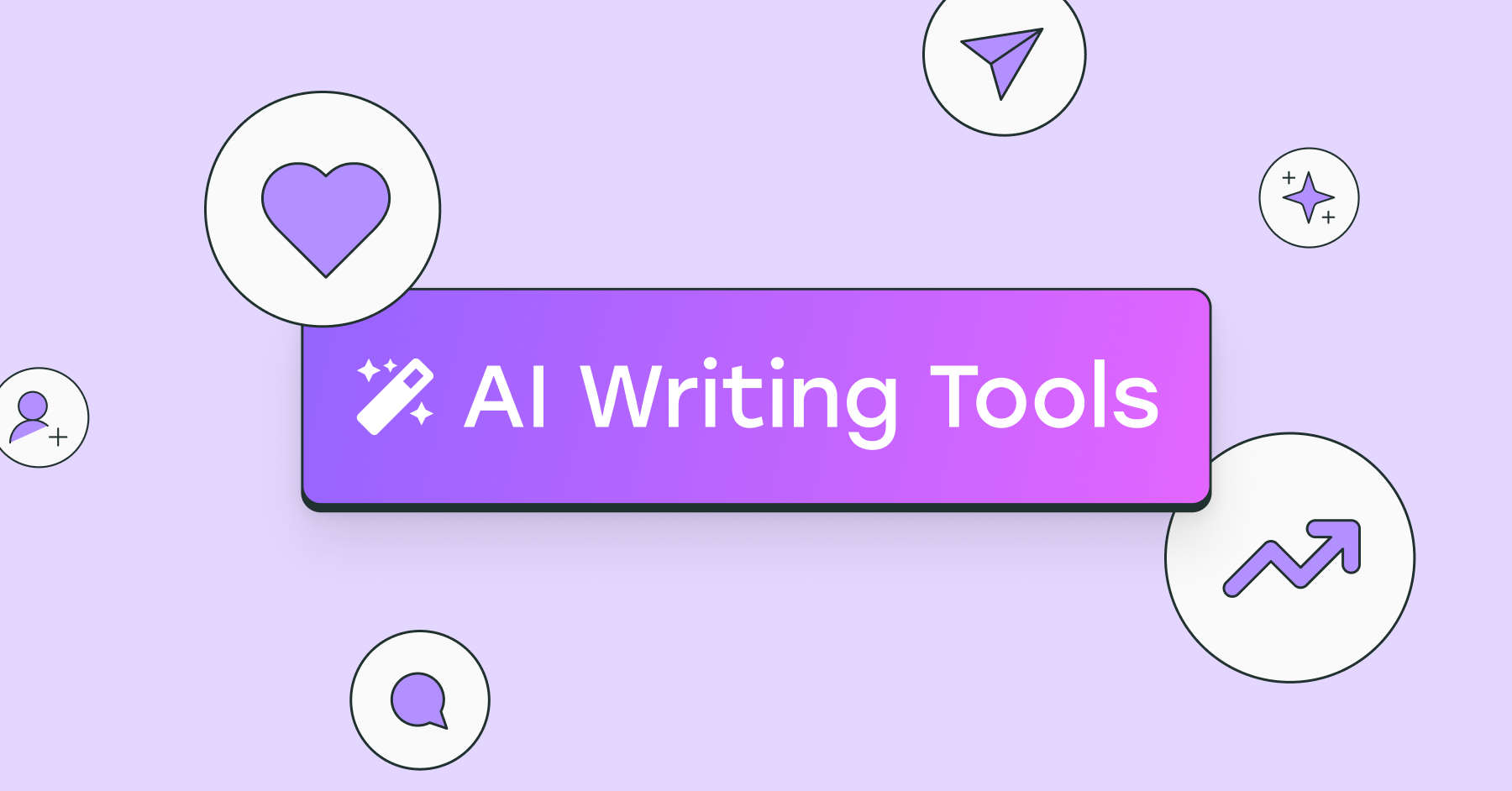







![Social media image sizes for all networks [May 2025]](https://blog.hootsuite.com/wp-content/uploads/2023/01/Social-Media-Image-Sizes-2023.png)

![X (formerly Twitter) vs. Threads: What brands need to know [data]](https://www.hubspot.com/hubfs/x%20vs%20threads.png)
![The best marketing campaigns of the year (thus far), what to learn from them, and why they worked so darn well [new data]](https://knowledge.hubspot.com/hubfs/marketing-campaigns-1-20250508-1357892.webp)



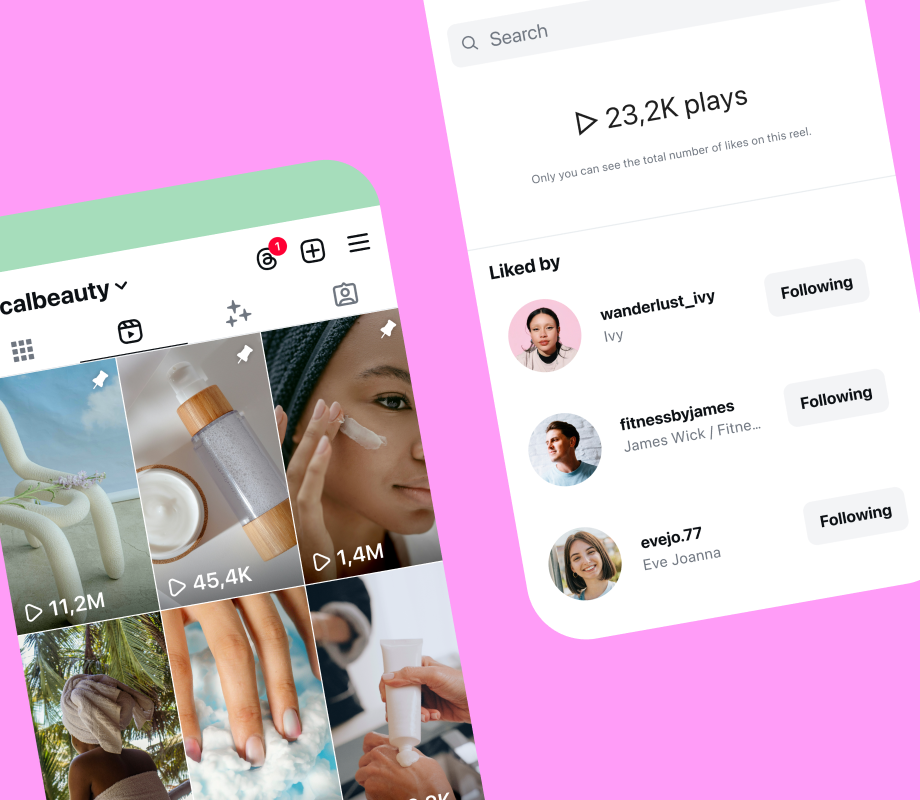

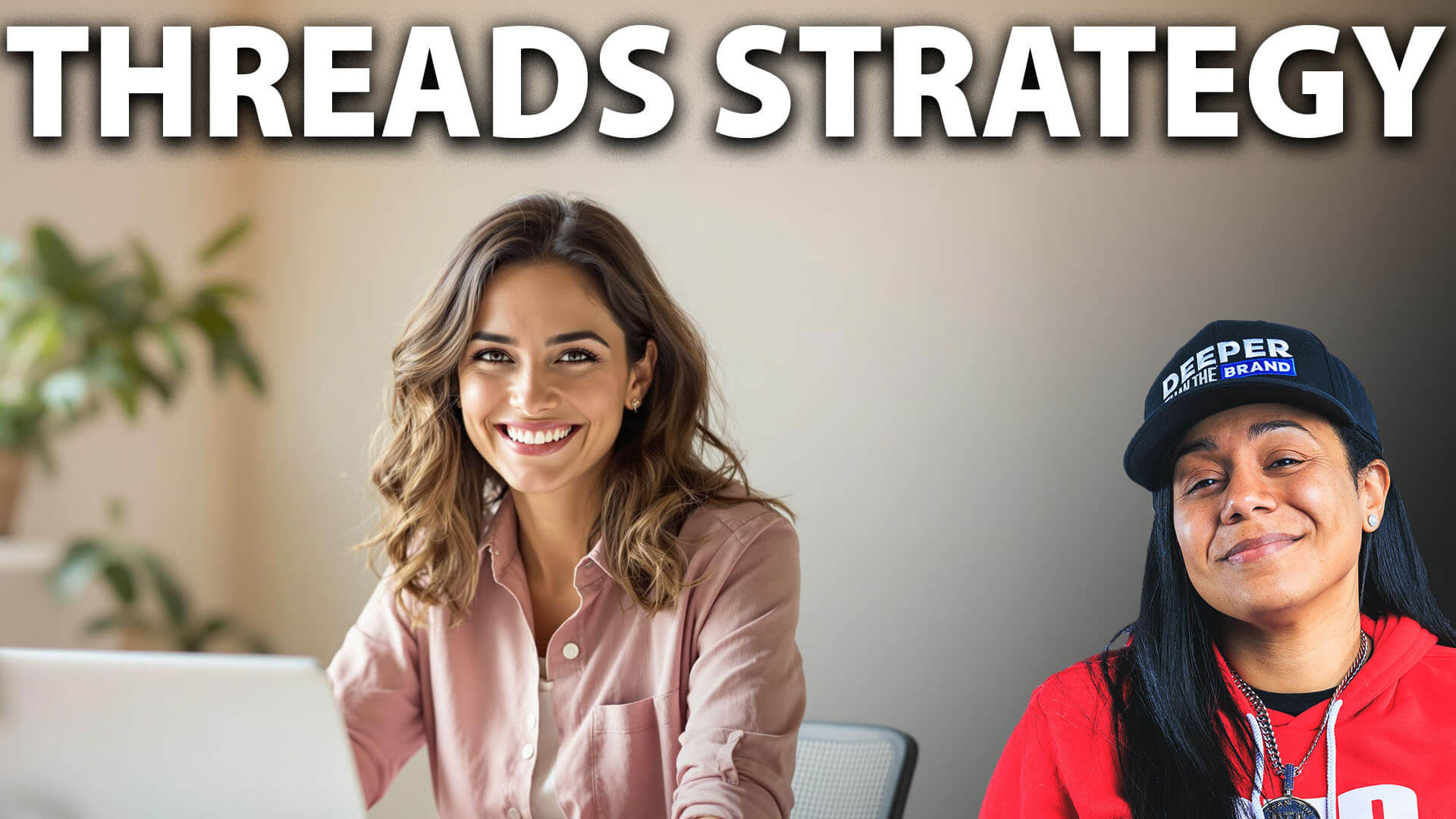










![The Future of Social Media [Research]: What Marketers Need to Know in 2025](https://www.hubspot.com/hubfs/Future%20of%20Social%20Media.jpg)

![Ecommerce Customer Journey Mapping — How to Set Potential Shoppers Up to Buy [Tips & Template]](https://www.hubspot.com/hubfs/ecommerce-Sep-13-2023-09-08-01-7144-PM.png)
